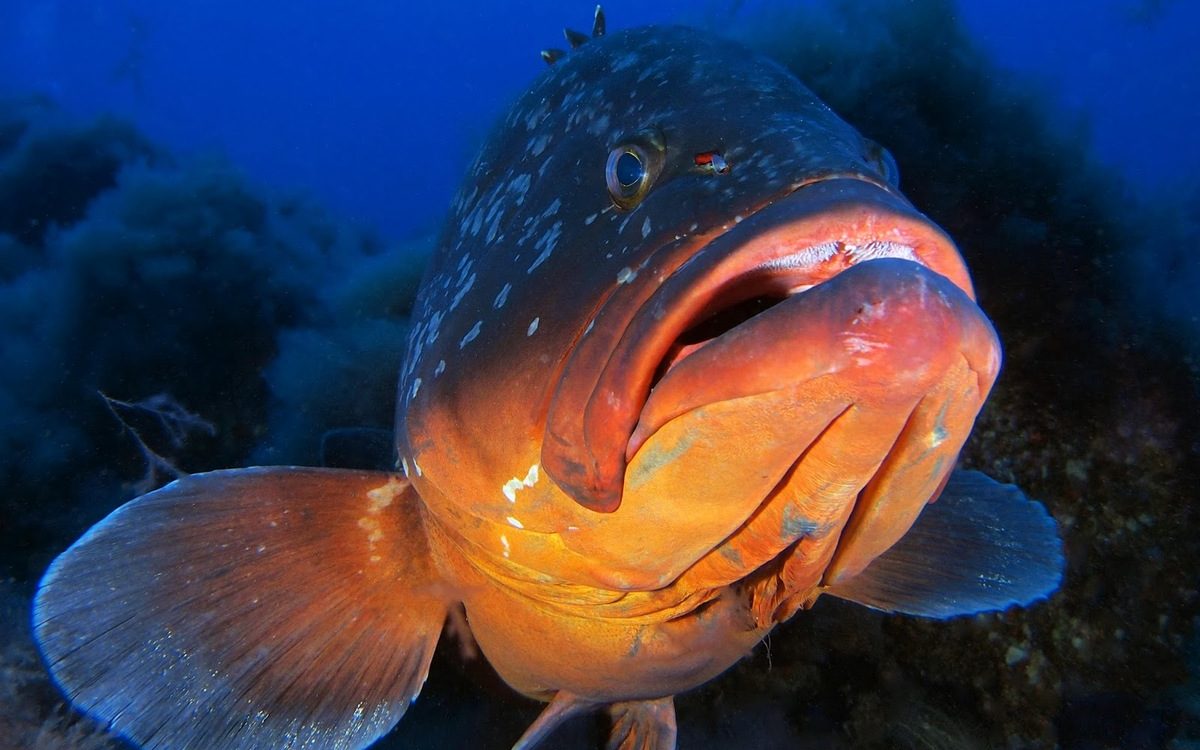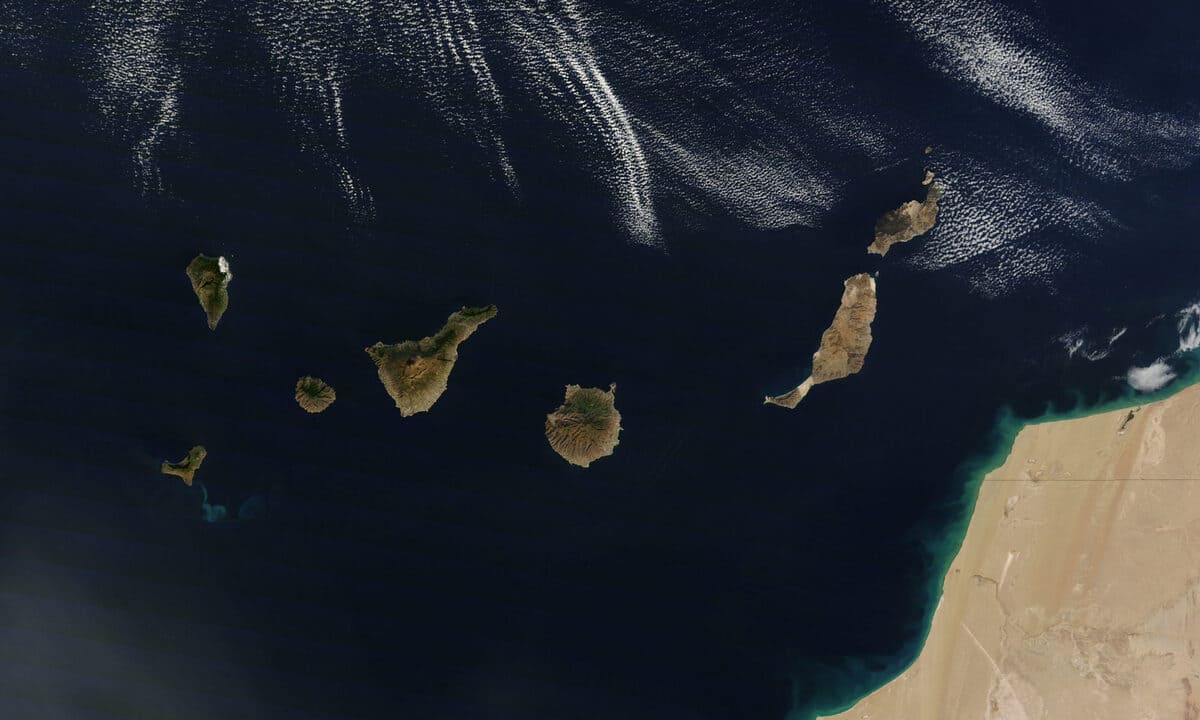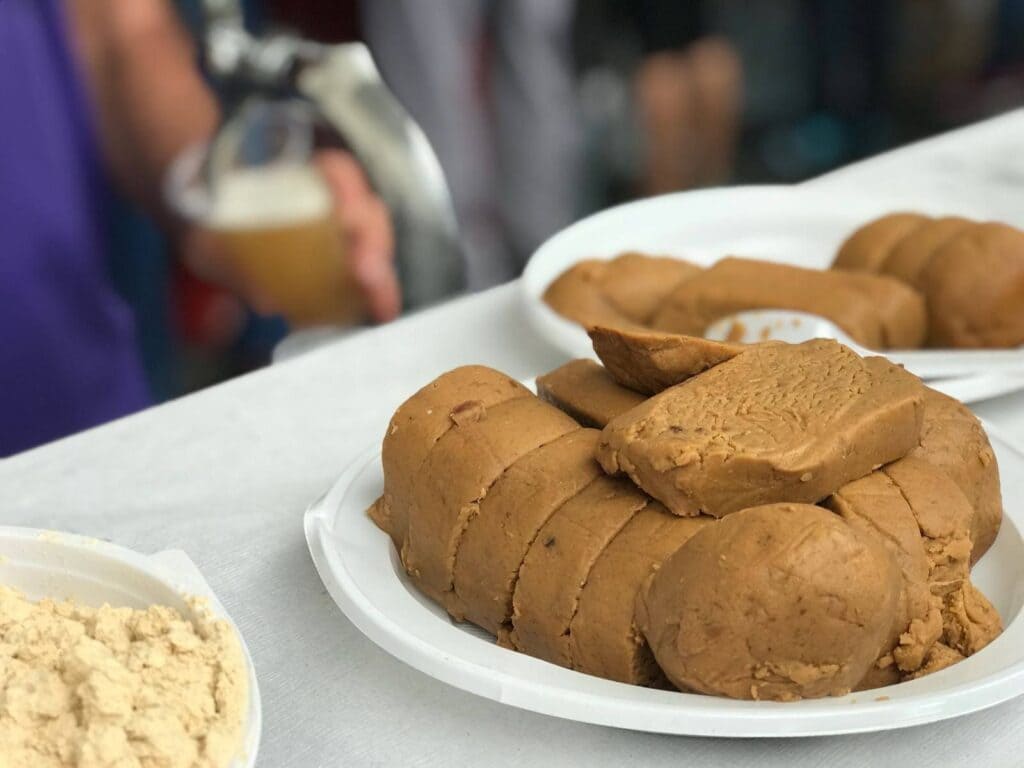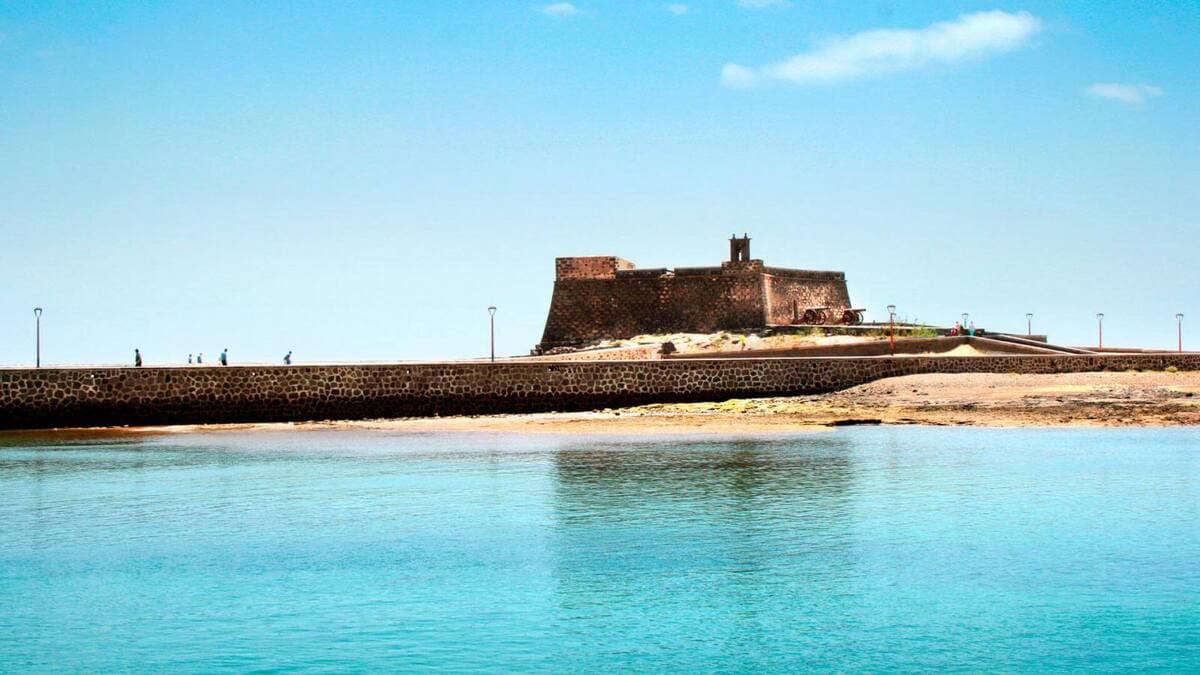La Geria is one of the most characteristic agricultural landscapes of the island of Lanzarote. Considered a Protected Natural Area since 1994 and declared Natural Park of La Geria in 1987, it is formed mainly by volcanic rock. Its most characteristic use is related to the planting of vines, which take advantage of the possibilities of the "rofe" as a moisture retainer for their development.
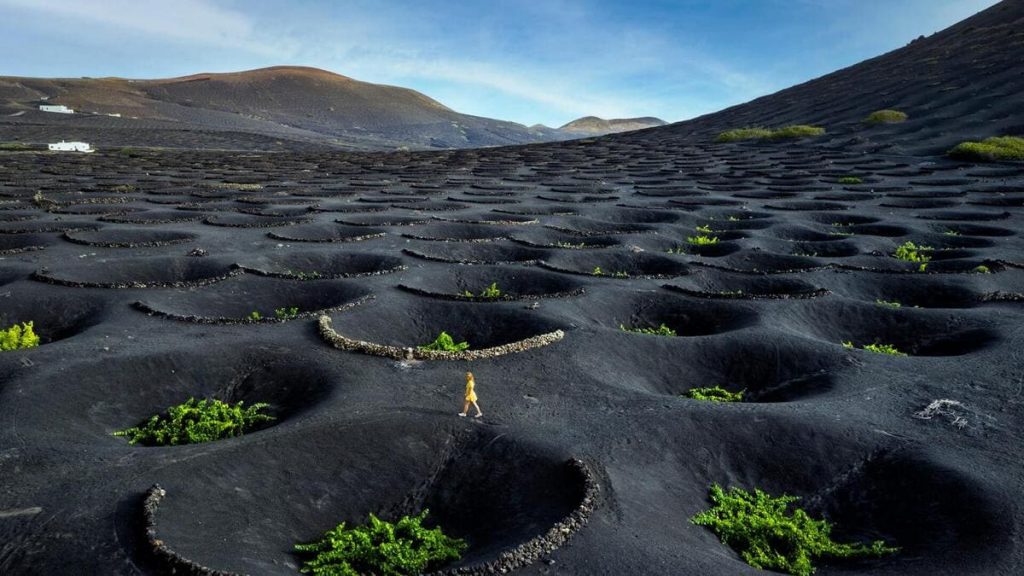
Rofe is the specific term used in Lanzarote for coarse-grained, rough volcanic sand, used as a top layer of cultivated land.
La Geria: what it is and what makes it so special
A geria is a conical hole dug in natural layers of volcanic gravel, known on the island as rofe, several meters deep, approximately two and a half meters. A vine is planted in the center of the hole and a crescent of rocks is placed around the hole to protect it from the wind. Row after row, these perfect hollows dyed green, ocher and black produce a unique landscape in the world, which also helped to justify the declaration of Lanzarote as a Biosphere Reserve by Unesco in 1993.
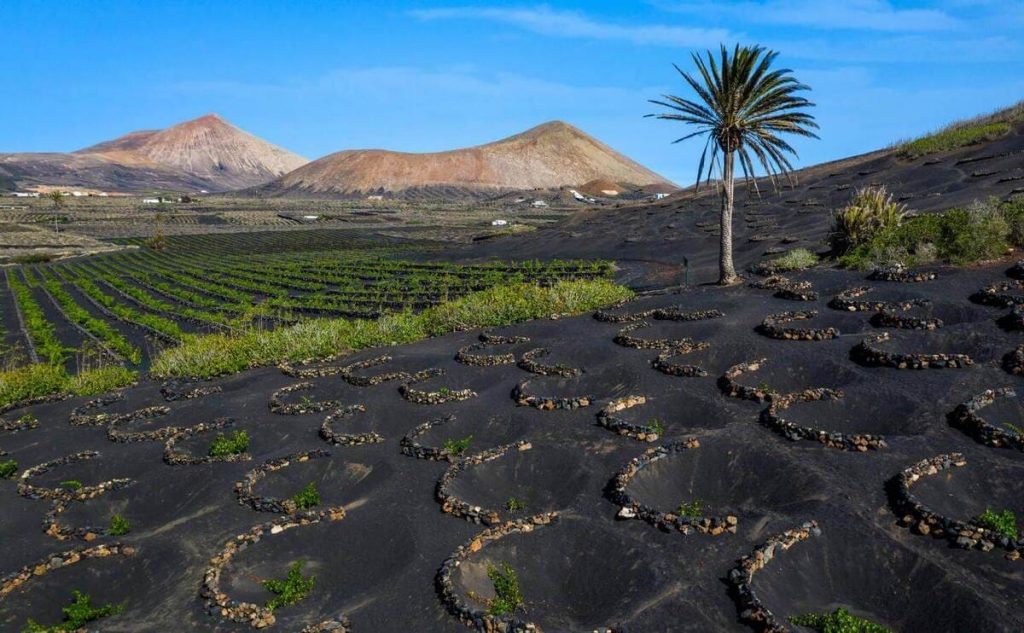
Geria is an excellent form of cultivation because the volcanic soil sucks and retains moisture, while allowing a good absorption of both rainwater and environmental waters. It hinders evaporation, facilitates filtration and prevents erosion. It is estimated that one hectare can contain up to 350 holes, depending on its depth.
Origin of this unique method of agriculture
The origin of the landscape of La Geria is found in the need to take advantage of the vast expanses of lava perpetrated by the first volcanic eruptions of Timanfaya between 1730 and 1736. Most of the good arable land of the municipalities of Yaiza, Tías, Tinajo, San Bartolomé and Teguise, was buried under lava, slag and ash, a total of 5,255 hectares, which thanks to the ingenuity and work of the inhabitants of the island has turned La Geria into a unique volcanic soil cultivation in the world.
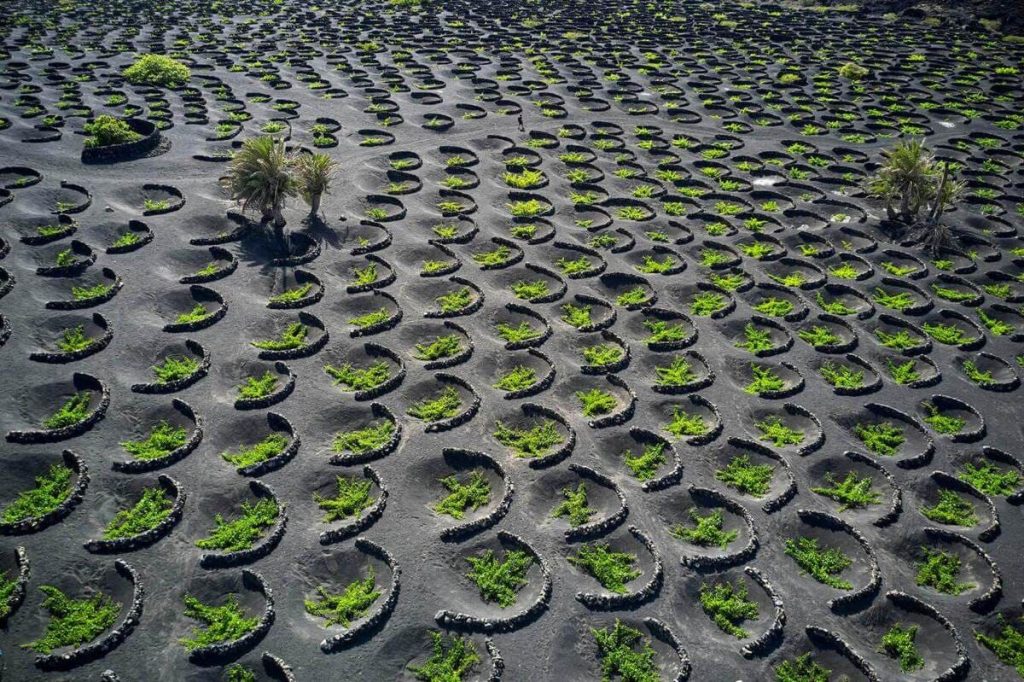
The natural park of La Geria comprises land in the municipalities of Yaiza, Tías, Tinajo, San Bartolomé and Teguise. It includes several small towns: Masdache, Vega de Tegoyo, La Asomada, Conil, Mozaga, La Geria and El Islote-Casa de la Florida. In addition, it borders to the west with the Natural Park of Los Volcanes, which surrounds the National Park of Timanfaya.
Internationally recognized wineries and wines
Although fruit trees such as fig trees are also cultivated in this system, the star of the gerias is the vine. In the Protected Landscape of La Geria operate numerous wineries that produce internationally awarded wines, mainly of the volcanic malvasia variety, unique in the Canary Islands.
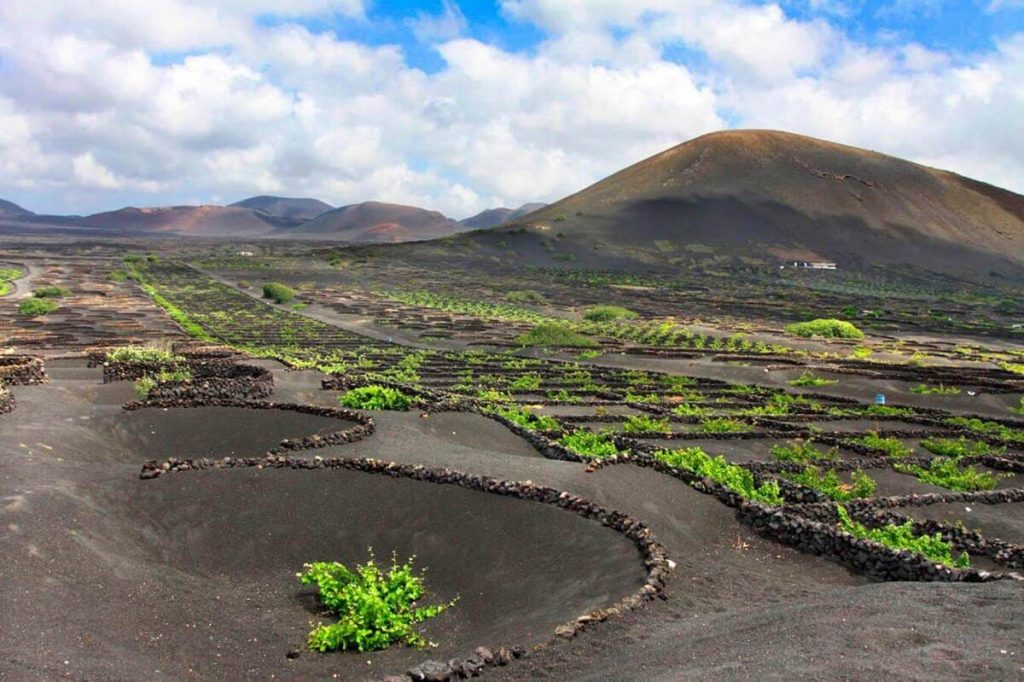
Under these spectacular vineyards hides another natural jewel, the cave of Los Naturalistas, a large volcanic tube 1 600 meters long. The cave is accessible with caution and a good flashlight that illuminates the numerous small lava needles coming out of its roof. In addition, the area of La Geria has been declared a Special Protection Area for Birds (SPA).
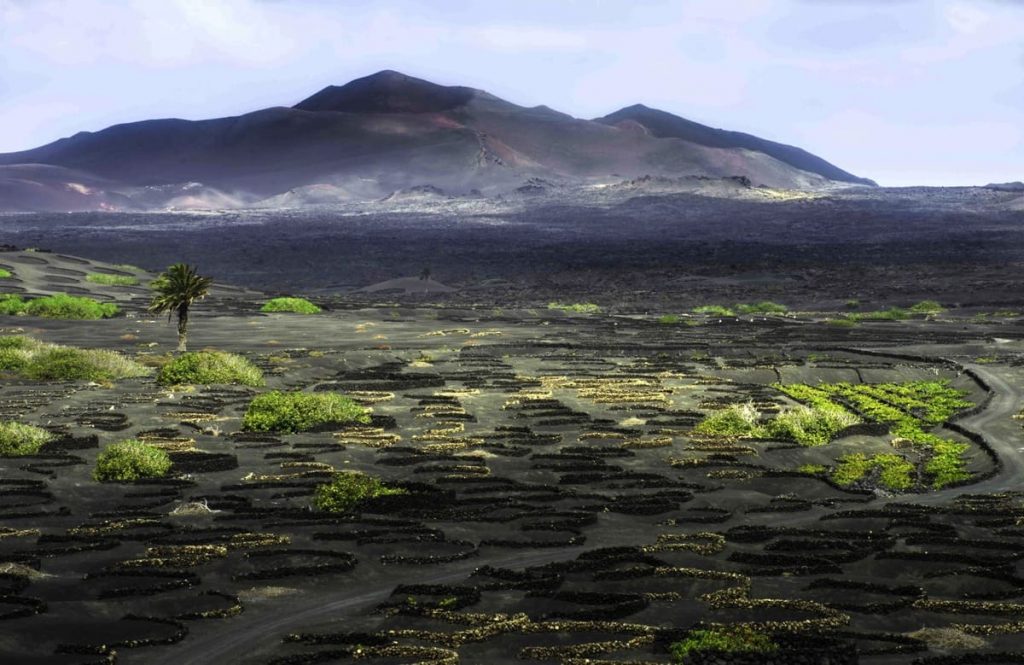
Paula Vera
Photos: holaislascanarias.com, lageria.com
